This article appeared in the February 2018 issue of RIO Magazine, the official magazine of the San Antonio River Walk Association.
Photos by Aedan Richter
San Antonio’s Japanese Tea Garden, also known as Sunken Gardens, has a long, complicated history. Despite its drama, it’s a peaceful place that every visitor and resident should experience because it is one of the Alamo City’s most beautiful sites and admission to the garden is free. That’s right. FREE.
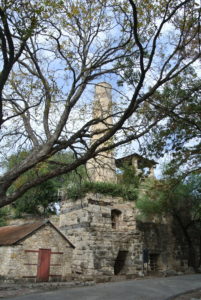 In the early 1900s, City Parks Commissioner Ray Lambert dreamed up converting 11 acres of an abandoned San Antonio Portland Cement rock quarry into a place of beauty. The brick and stone smokestack at the entrance is a reminder of the garden’s industrial history. The garden’s close proximity to the San Antonio River and Brackenridge Park were added bonuses.
In the early 1900s, City Parks Commissioner Ray Lambert dreamed up converting 11 acres of an abandoned San Antonio Portland Cement rock quarry into a place of beauty. The brick and stone smokestack at the entrance is a reminder of the garden’s industrial history. The garden’s close proximity to the San Antonio River and Brackenridge Park were added bonuses.
Lambert hired Kimi Eizo Jingu, a Japanese watercolor artist who was living in San Antonio, to help design an authentic Japanese Tea Garden. Parks Engineer W.S. Delery drew up their plans. Funded by local businesses and individuals, prisoners and city employees constructed the garden using the quarry’s natural rocks. The entrance is anchored by a giant pagoda crafted from blue argillaceous limestone rocks.
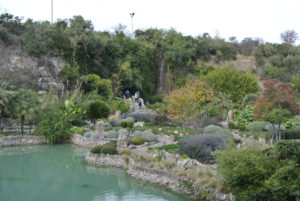 A 60-foot waterfall beckons visitors to meander through the sunken garden, navigating arched stone bridges and narrow footpaths. Orange, black and white koi glide through the garden’s giant lily ponds. Be sure to wear comfortable walking shoes and bring a camera to the garden. Every angle is Instagram-worthy. A walk around the garden’s perimeter is a must. You’ll be treated to a bird’s-eye view of downtown San Antonio.
A 60-foot waterfall beckons visitors to meander through the sunken garden, navigating arched stone bridges and narrow footpaths. Orange, black and white koi glide through the garden’s giant lily ponds. Be sure to wear comfortable walking shoes and bring a camera to the garden. Every angle is Instagram-worthy. A walk around the garden’s perimeter is a must. You’ll be treated to a bird’s-eye view of downtown San Antonio.
The garden opened in 1919, and Kimi and Miyoshi Jingu lived on site with their eight children. In 1926, they opened a tea house, called the “Bamboo Room,” and served tea and light snacks.
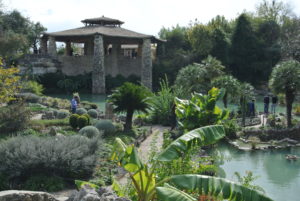 Lambert’s quest for authenticity meant that he imported plants from Japan to landscape the garden. In addition, local citizens donated bulbs to help with the quarry’s beautification. Hugo Gerhardt, who also lived on site, was the head gardener and caretaker for 25 years.
Lambert’s quest for authenticity meant that he imported plants from Japan to landscape the garden. In addition, local citizens donated bulbs to help with the quarry’s beautification. Hugo Gerhardt, who also lived on site, was the head gardener and caretaker for 25 years.
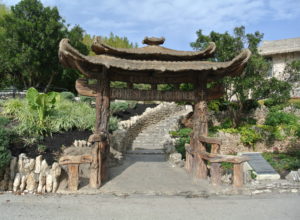 Mr. Jingu died in 1938, leaving his family to carry on. Shortly after the bombing of Pearl Harbor on Dec. 7, 1941, the City of San Antonio evicted the Jingu family from their home and renamed the garden the Chinese Tea Garden. A faux bois entryway designed by Maximo Cortez and constructed by Dionicio Rodriguez still carries this name.
Mr. Jingu died in 1938, leaving his family to carry on. Shortly after the bombing of Pearl Harbor on Dec. 7, 1941, the City of San Antonio evicted the Jingu family from their home and renamed the garden the Chinese Tea Garden. A faux bois entryway designed by Maximo Cortez and constructed by Dionicio Rodriguez still carries this name.
For those who are rusty or unaware of this time period in U.S. history, read “When the Emperor Was Divine” by Julie Otsuka, “The Train to Crystal City” by Jan Jarboe Russell, and “Snow Falling on Cedars” by David Guterson. All three will give you a greater understanding of how Japanese-Americans were treated during World War II and what they survived.
The Jingu family was not interred, but they did have to find a new place to live. Members of the Travis Park United Methodist Church helped the family find housing. Miyoshi eventually moved to Los Angeles, where she acted in movies and TV shows. She died in 1969.
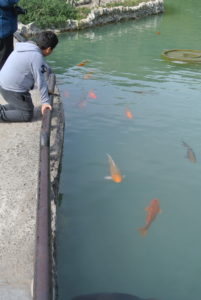
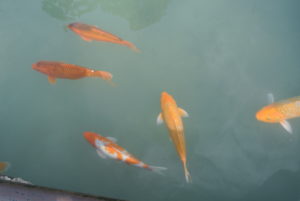 The City of San Antonio restored the garden’s original name in 1983, acknowledging the contribution of the Jingu Family and other Japanese-Americans who fought with honor for the United States during World War II.
The City of San Antonio restored the garden’s original name in 1983, acknowledging the contribution of the Jingu Family and other Japanese-Americans who fought with honor for the United States during World War II.
In 2007, former Mayor Lila Cockrell and former City Councilwoman Bonnie Conner coordinated a $1.6-million fundraising campaign to restore the garden’s lily ponds. The grand re-opening took place in March 2008 with members of the Jingu and Lambert families in attendance.
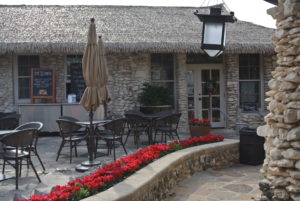 The Jingu House was renovated and reopened in 2011 as part of a Texas Local Park Urban Indoor Recreation Grant Project. There, you may sit and sip a cup of tea or enjoy a San Antonio-style mochi (paleta) in its treehouse-like dining area while reflecting on the garden’s troubled but happy-ending history.
The Jingu House was renovated and reopened in 2011 as part of a Texas Local Park Urban Indoor Recreation Grant Project. There, you may sit and sip a cup of tea or enjoy a San Antonio-style mochi (paleta) in its treehouse-like dining area while reflecting on the garden’s troubled but happy-ending history.
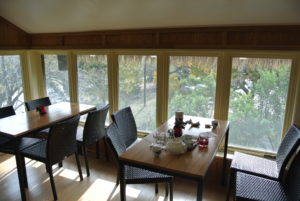 The garden is open daily from dawn until dusk, and it is wheelchair friendly. According to the San Antonio Parks and Recreation Department, the Japanese Tea Garden is designated as a Texas Civil Engineering Landmark and a Registered Texas Historic Landmark, and it is included on the National Register of Historic Places.
The garden is open daily from dawn until dusk, and it is wheelchair friendly. According to the San Antonio Parks and Recreation Department, the Japanese Tea Garden is designated as a Texas Civil Engineering Landmark and a Registered Texas Historic Landmark, and it is included on the National Register of Historic Places.
For even more ideas of fun things to do and see in San Antonio, visit Barnes & Noble, The Twig, and Fiesta on Main to purchase “100 Things To Do in San Antonio Before You Die” by yours truly. Please like my Facebook page to stay in the loop on every San Antonio Tourist post.
Denise Barkis Richter, Ph.D., author of “100 Things To Do in San Antonio Before You Die,” has been blogging about San Antonio since June of 2010. Her love affair with the Alamo City began at HemisFair in 1968. The Japanese Tea Garden is one of Denise’s all-time favorite places in San Antonio. Put it on your must-do list, along with a visit to the San Antonio Zoo and a miniature train ride through Brackenridge Park, all located within walking distance from each other.
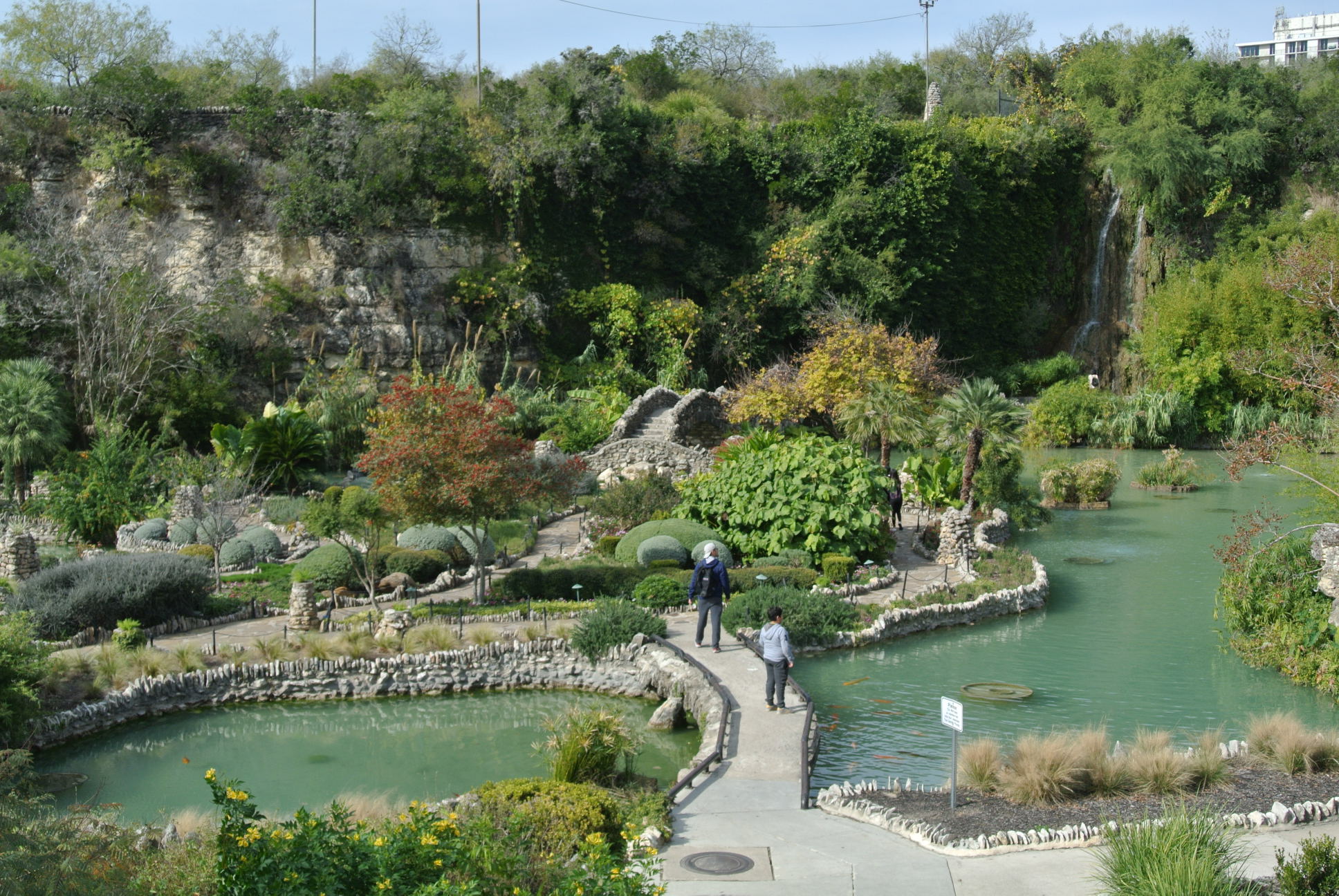
What a lovely illustrated history of the tea garden, Denise and Aedan. I agree that it is a very special place in so many ways.
Thanks, Susan! I learned a lot from researching this story.